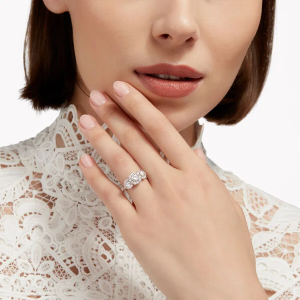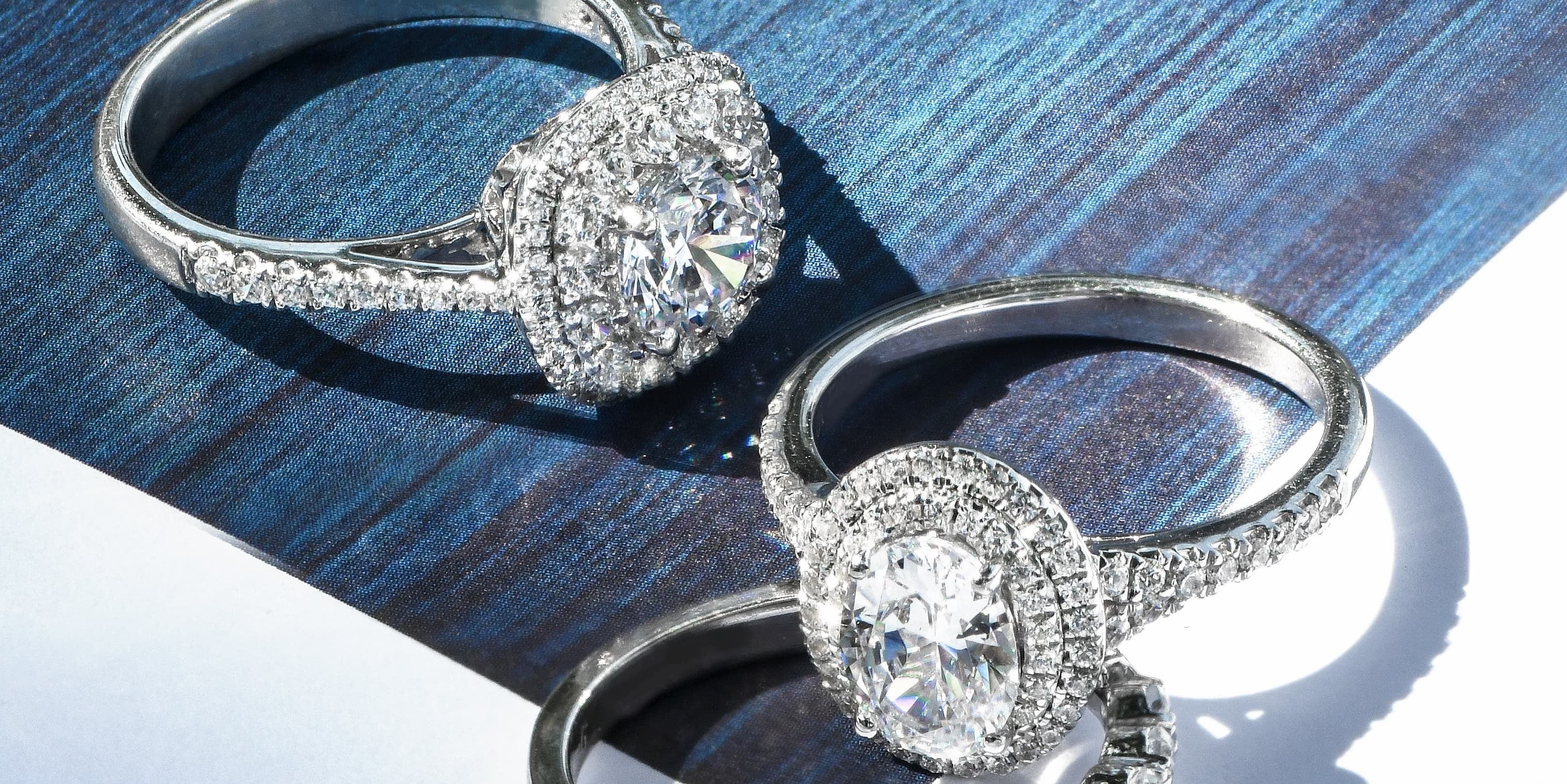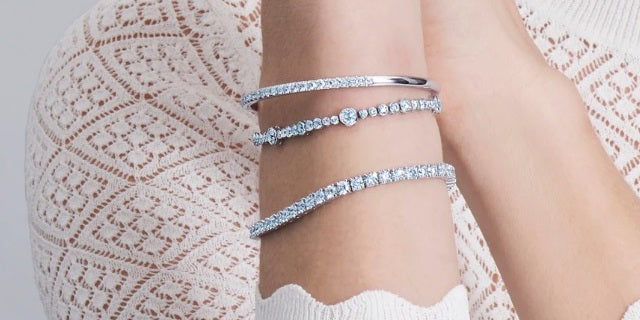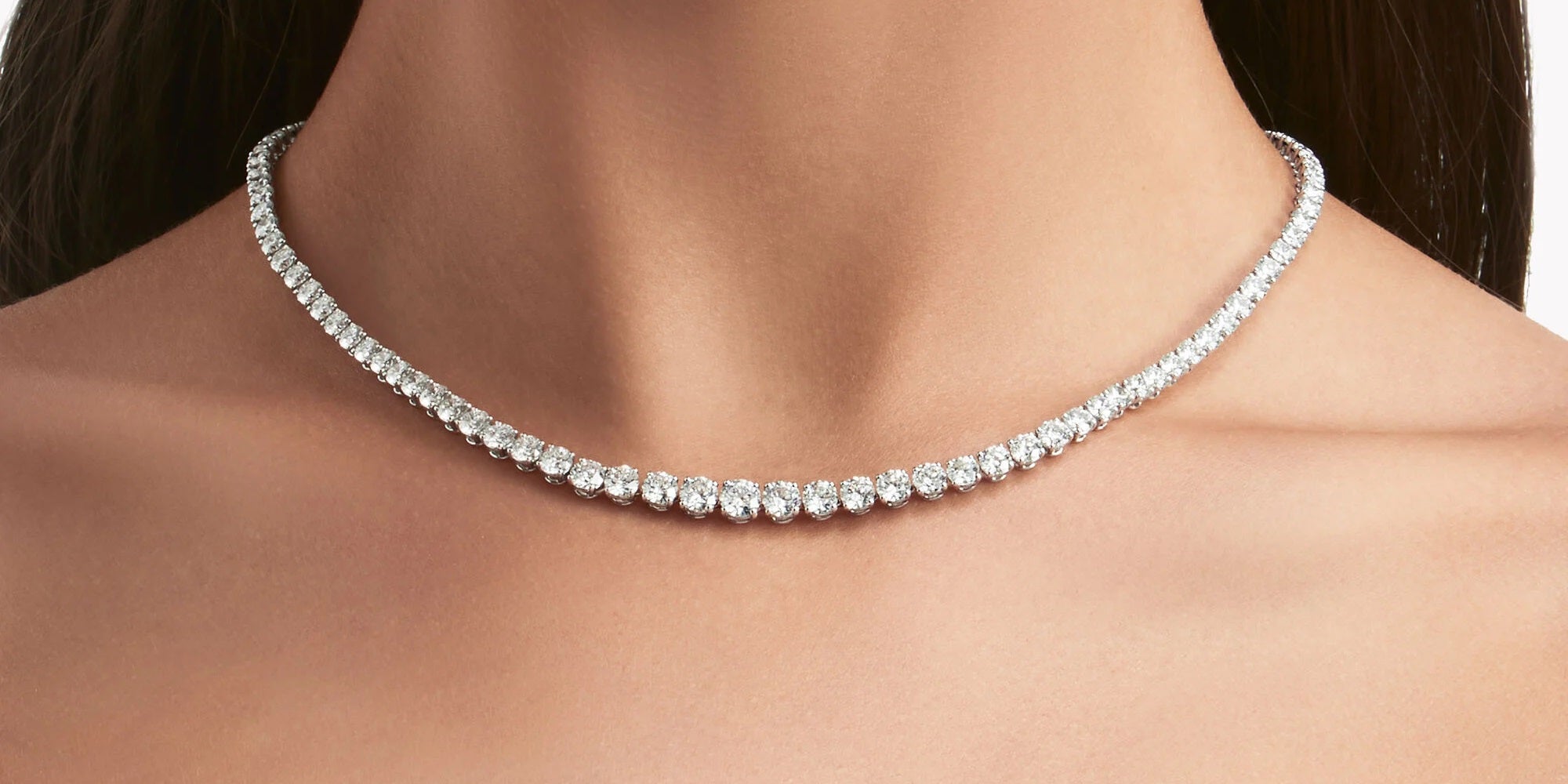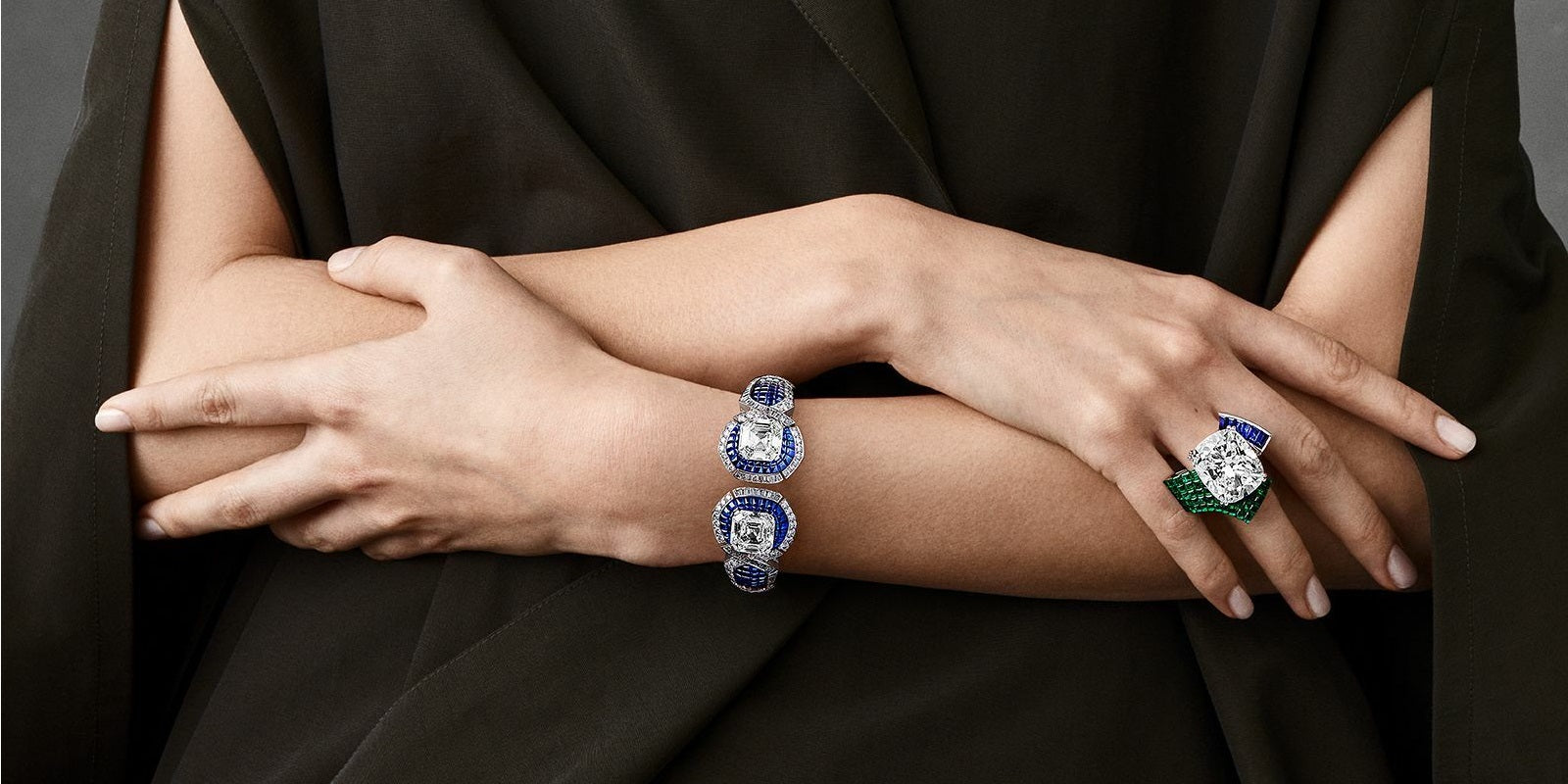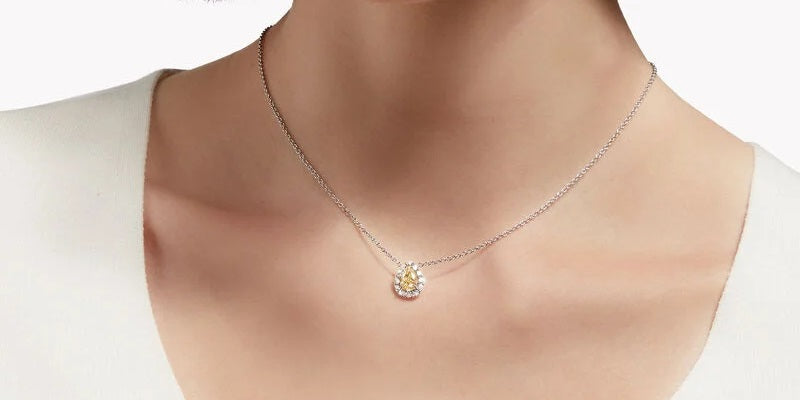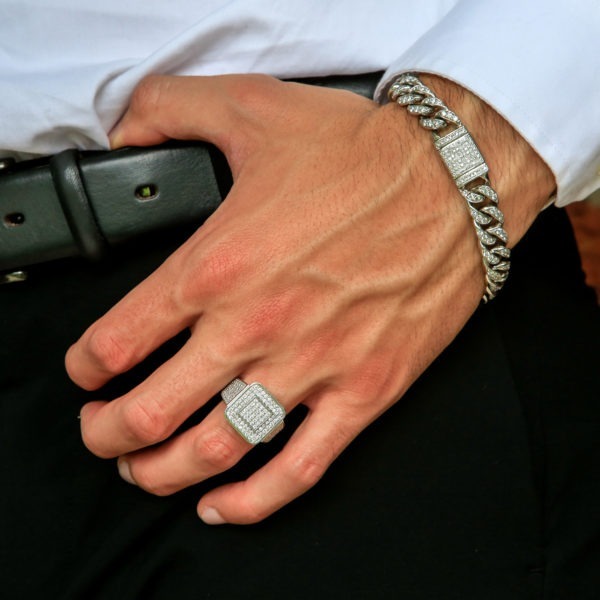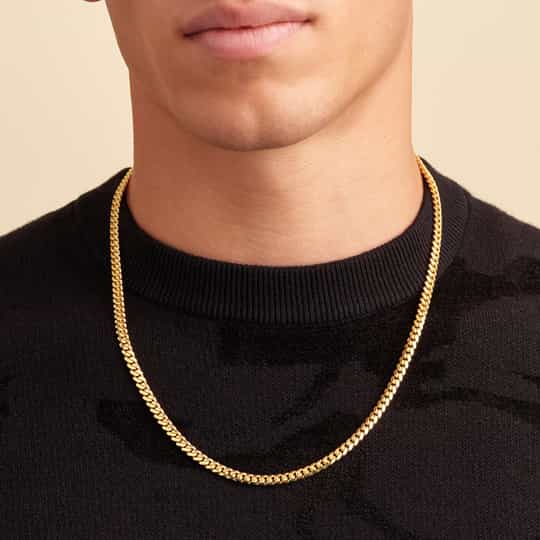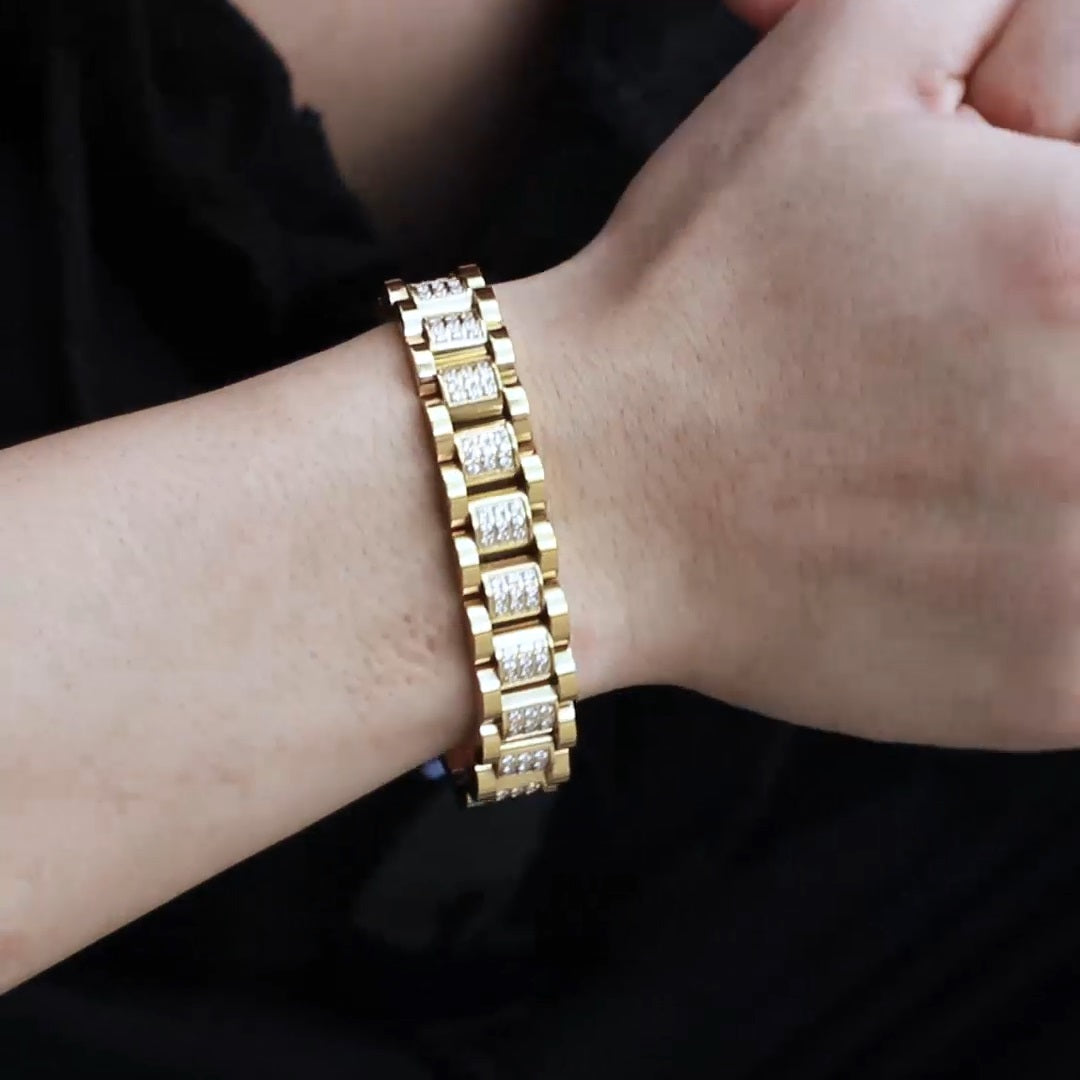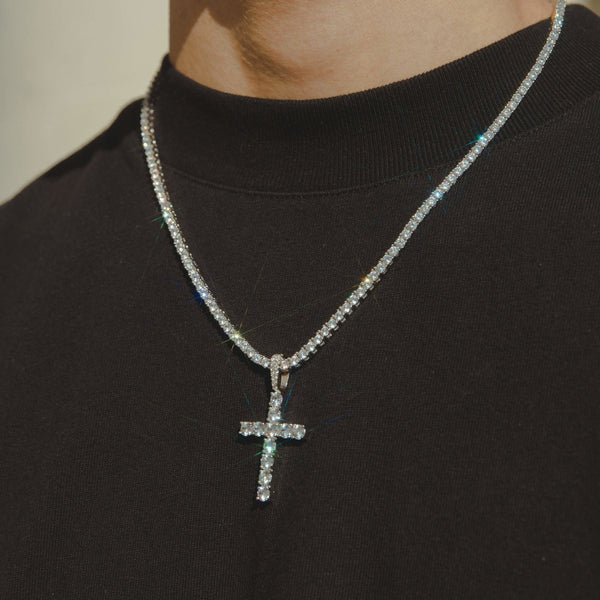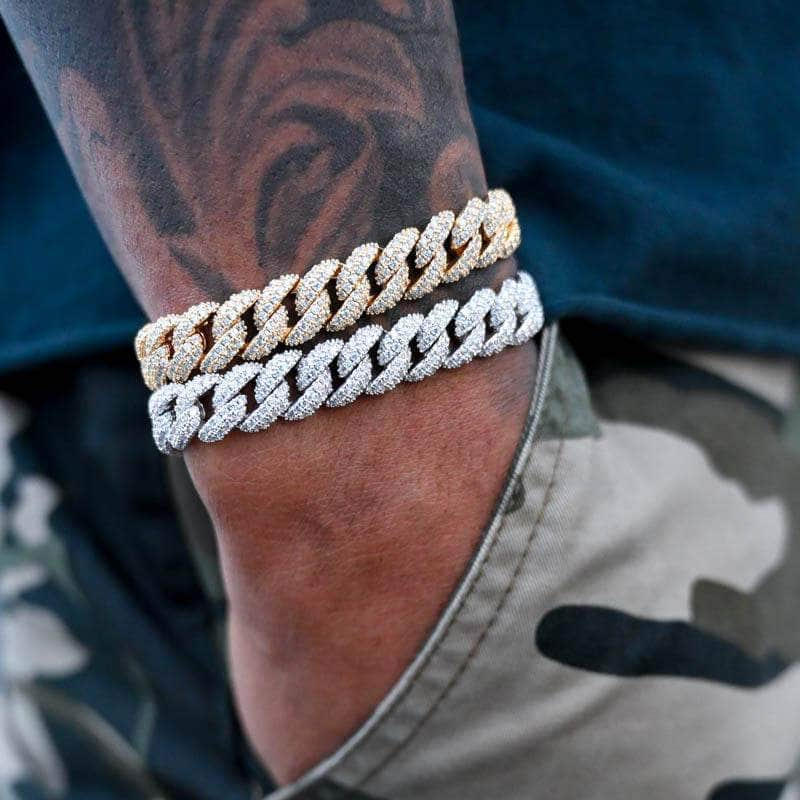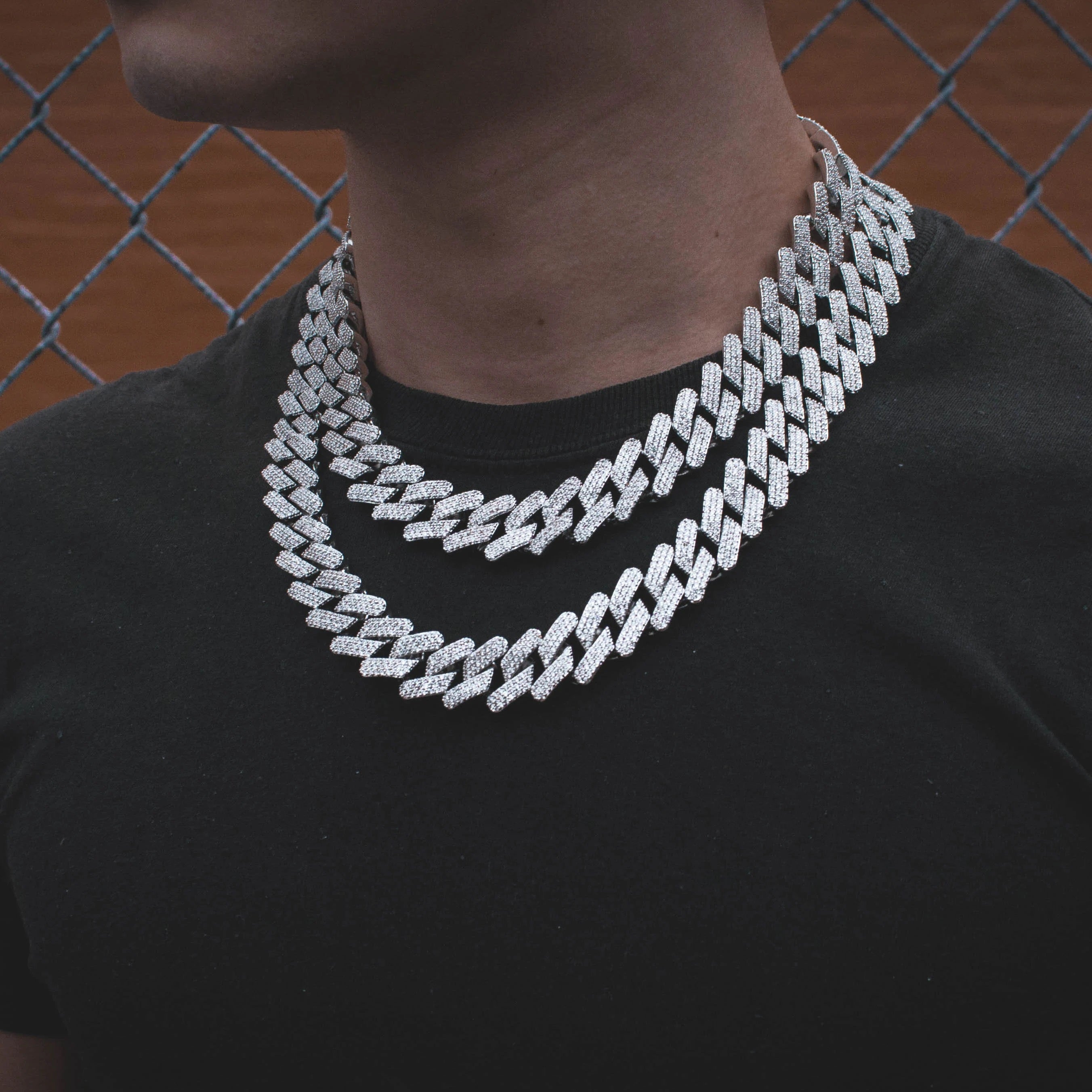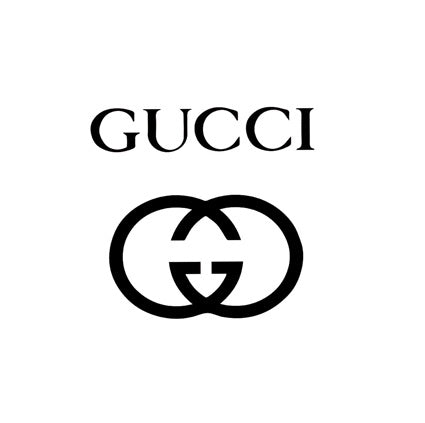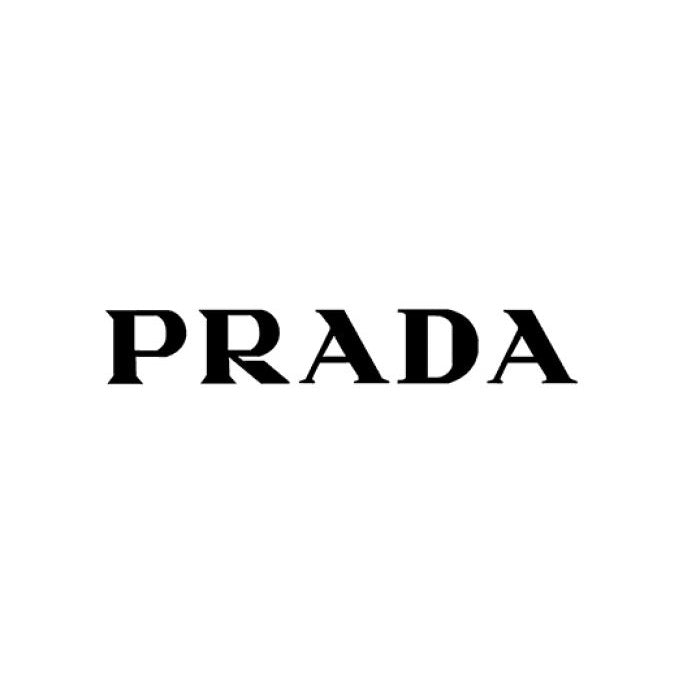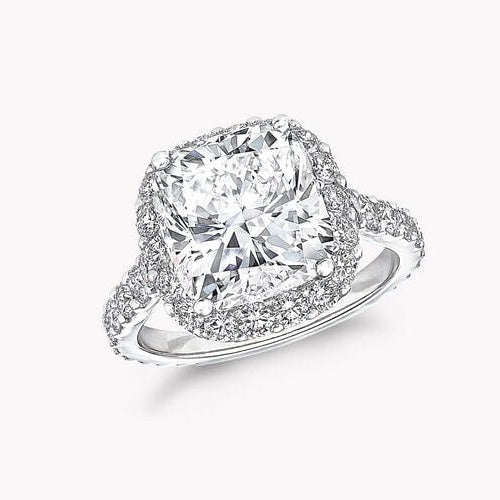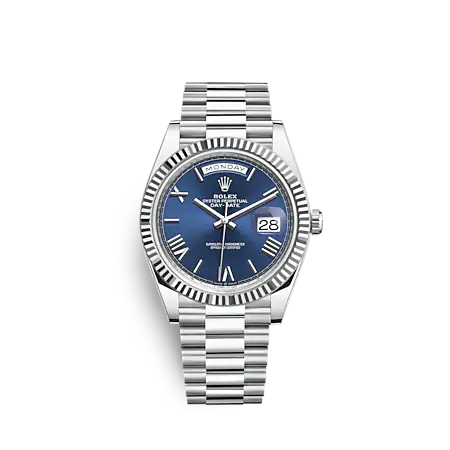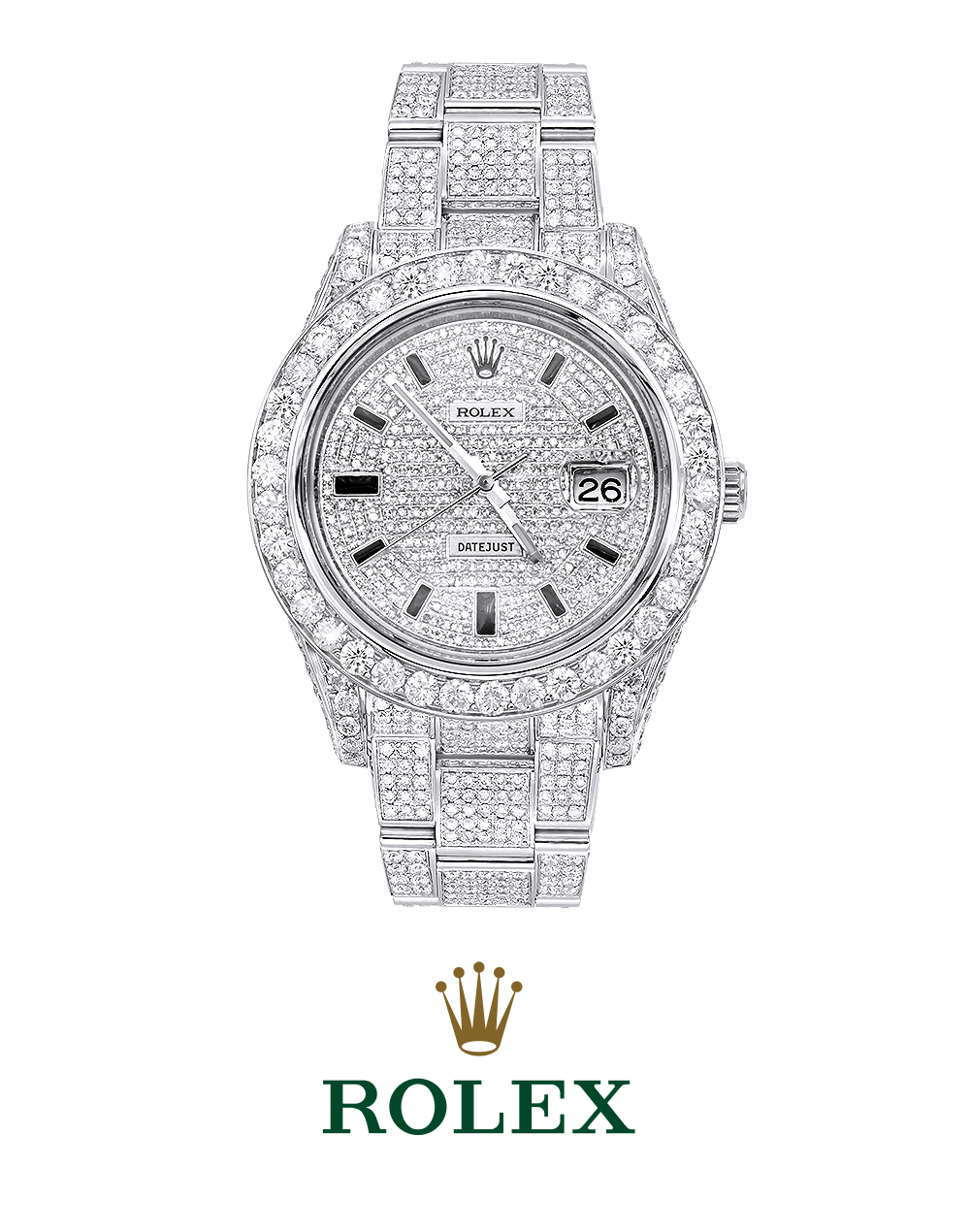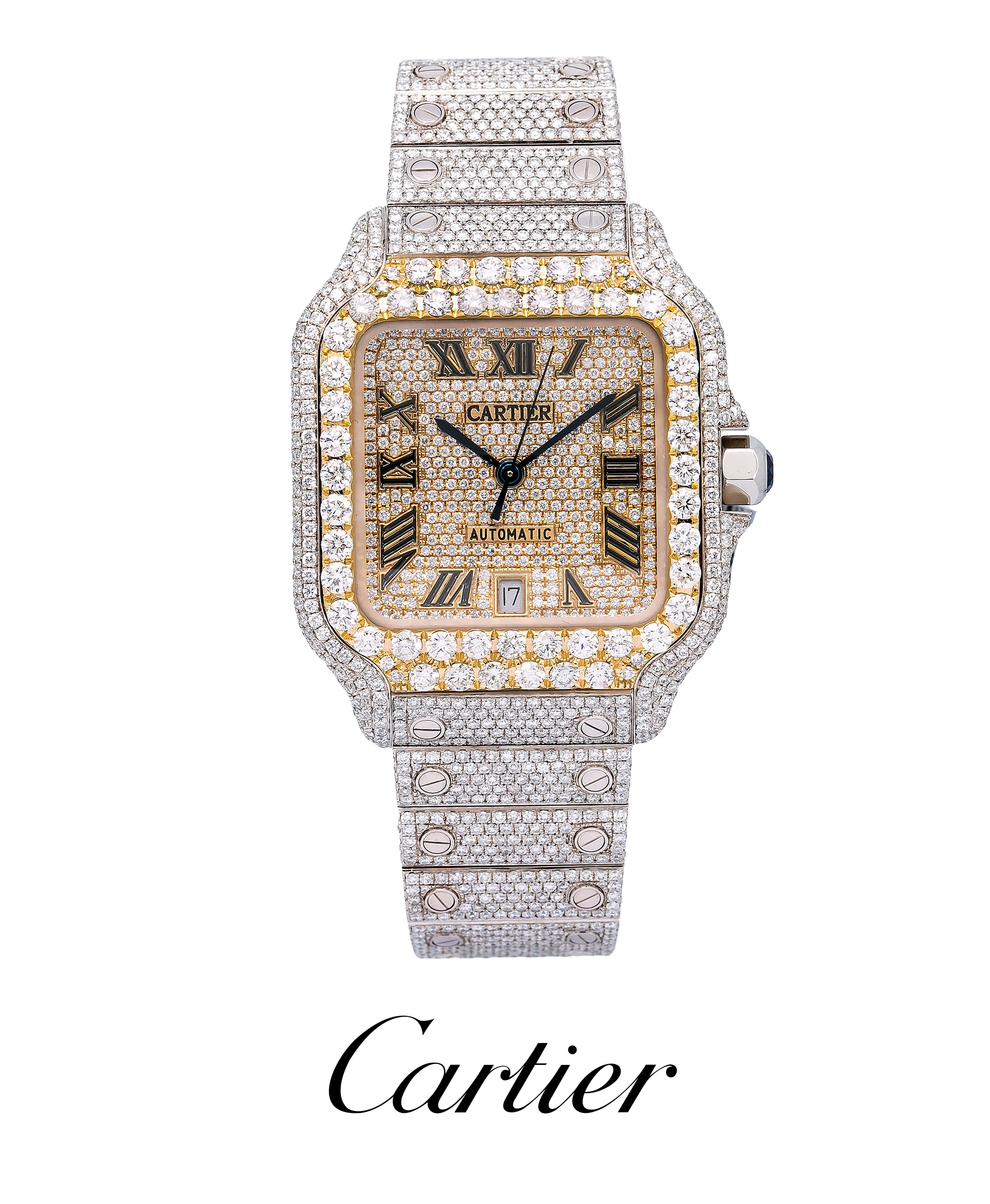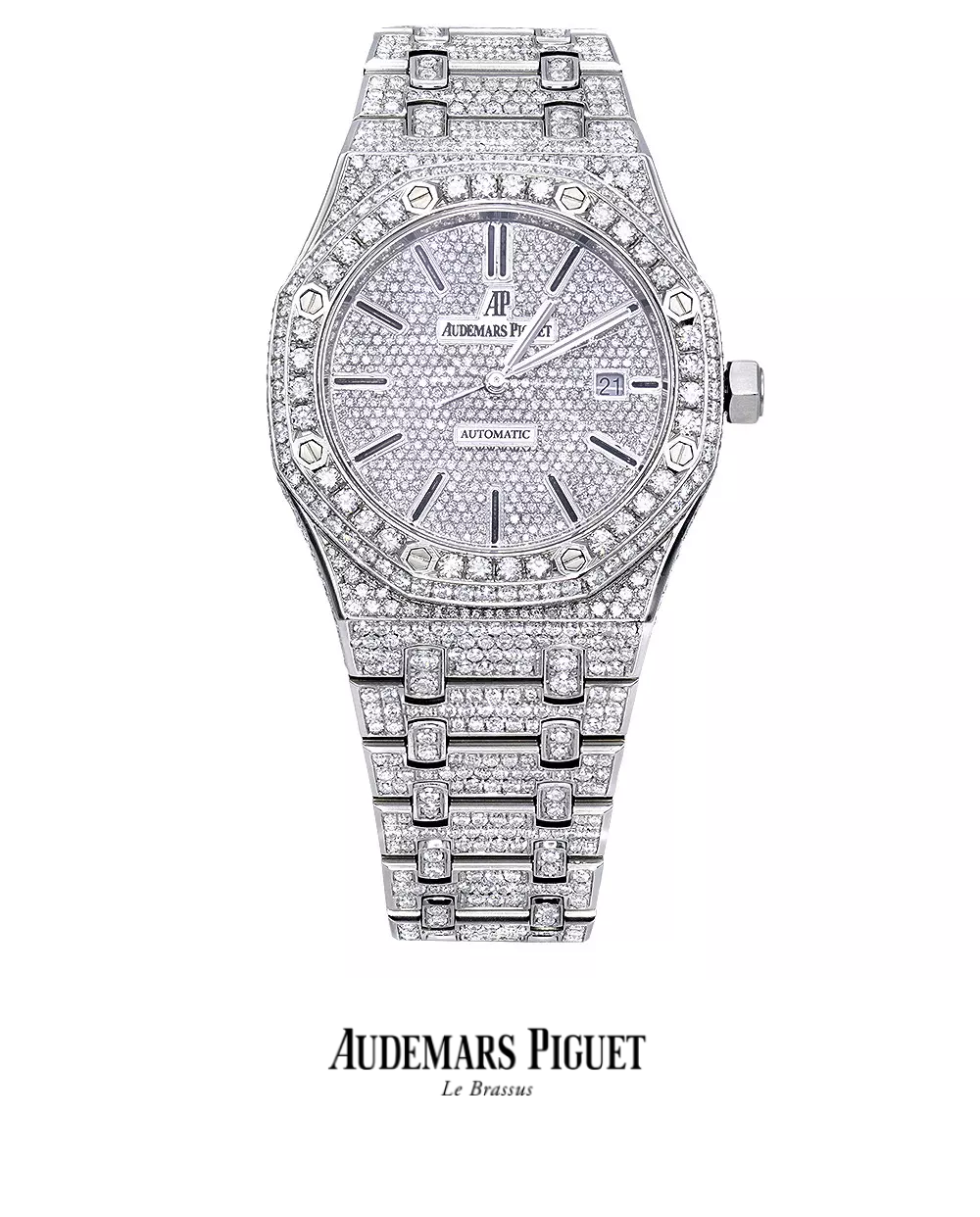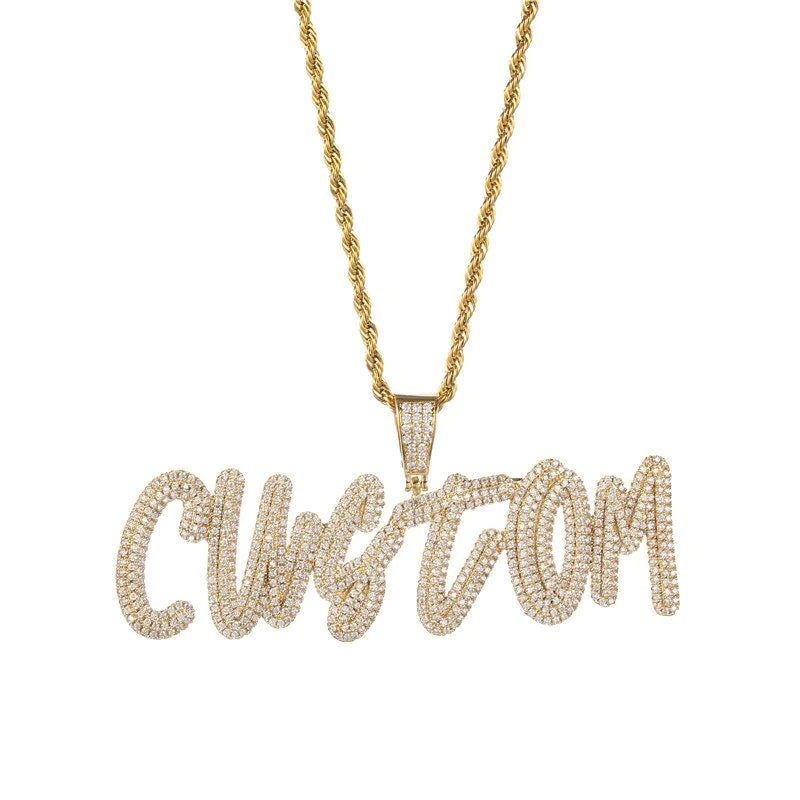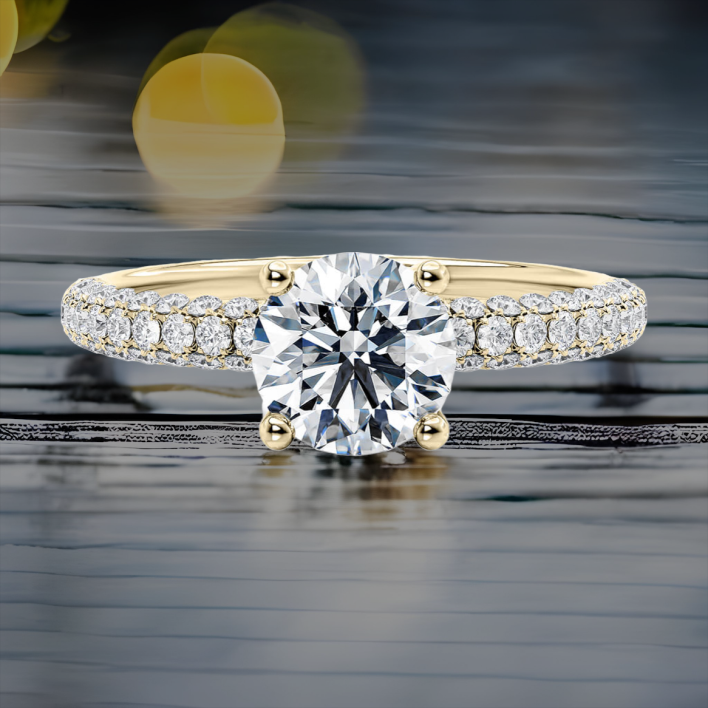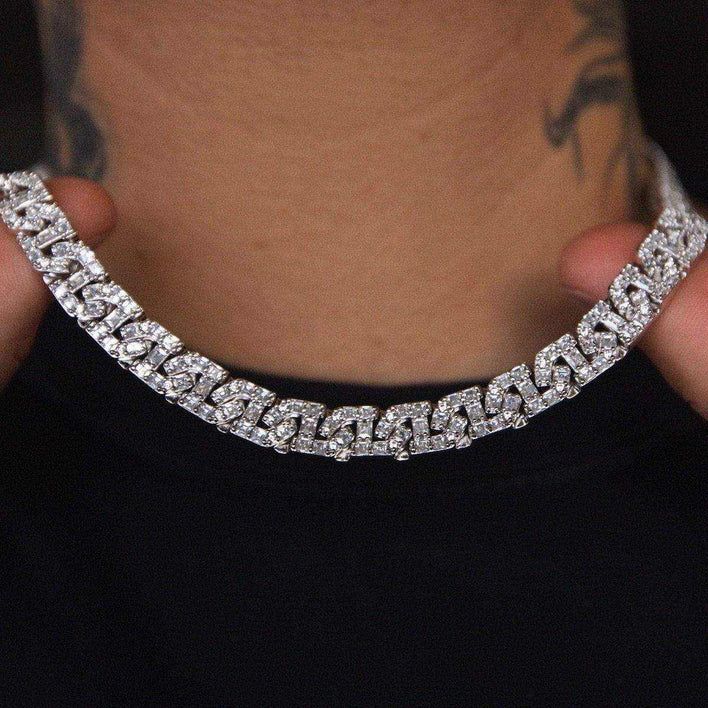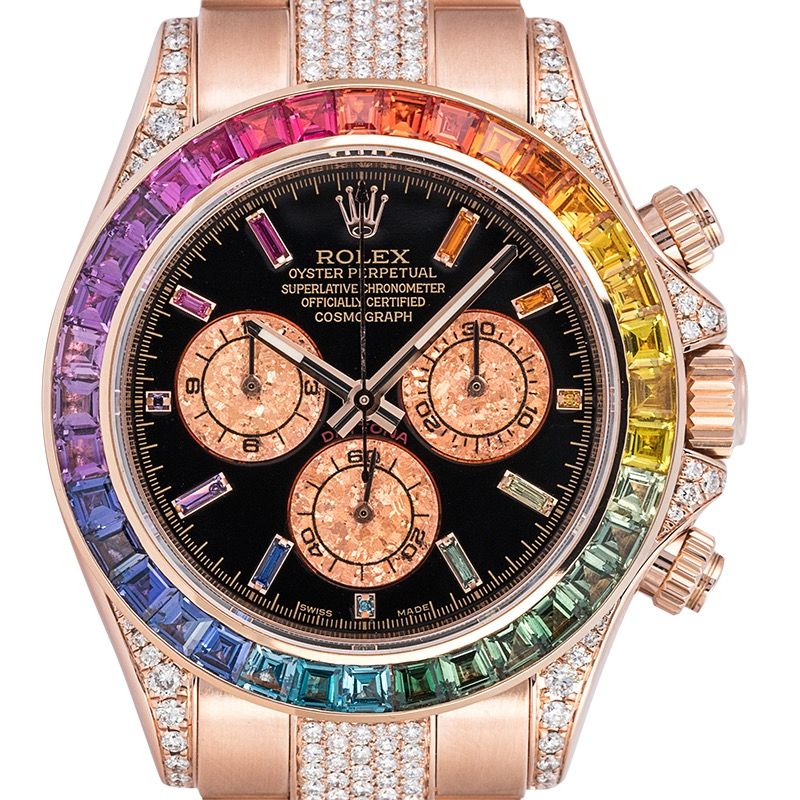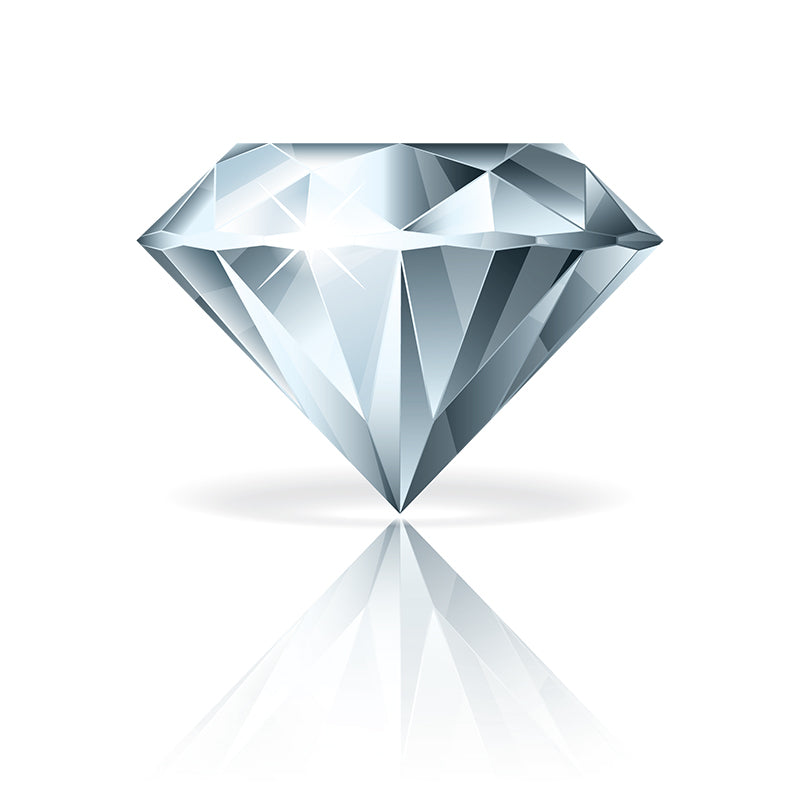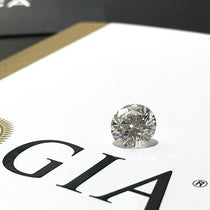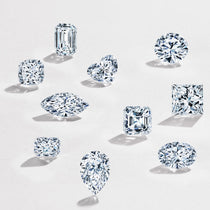How to Identify a Raw Diamond: A Beginner's Guide!
Diamonds have enchanted people for centuries with their beauty and meanings of love and power. Their enduring charm has made them highly prized possessions, handed down from generation to generation. While polished diamonds have delighted us on rings and necklaces, raw diamonds hold a universe of charm.
Rough diamonds, or raw diamonds, are the uncut and unpolished gemstones. Unlike their polished peers, raw diamonds have a wild beauty from the tremendous forces of nature that formed them. Natural diamonds are unique stones with histories that began deep below the Earth.
In addition to being a fascinating hobby, founding how to identify a raw diamond and recognising it, is a necessary skill for anybody looking to make educated purchases in the diamond market. So, let's dig into the fascinating world of raw diamonds by exploring their origin and the importance of recognising them correctly.
Unravelling the Mysteries: The Origins of Raw Diamonds!
While most diamonds are cut and polished to enhance their brilliance, raw diamonds, also known as uncut or unpolished diamonds, have a unique charm. These are more than just beautiful stones; they are also a rare geological phenomenon formed under intense pressure in the Earth's mantle. Carbon atoms undergo a process of being subjected to immense temperatures and pressures for billions of years to form diamonds.
Diamonds come from all over the world, and each area has unique geology. The mining process varies from deposit to deposit. Whether you stumble upon a raw black diamond or a transparent uncut diamond, exploring their natural form can be an exciting journey into the world of gemstones.
Open-pit and underground mining are the two methods to get diamonds, with the former requiring massive land excavations. Diamonds are often mined from the seafloor by ships outfitted with specialised equipment.
Natural vs Synthetic Diamonds: The Authenticity Factor
Differentiating natural diamonds from their synthetic equivalents is vital when recognising diamonds.
All-natural diamonds result from complex geological processes, each displaying unique properties based on its formation conditions and age.
On the other hand, labs use high-pressure, high-temperature (HPHT) or chemical vapour deposition (CVD) methods to make synthetic diamonds. Natural and synthetic diamonds have the same chemical makeup, but natural diamonds are more valuable because of their geological history and rarity.
How to Examine the Physical Properties of Raw Diamonds?
1. The 4Cs
These qualities determine a diamond's general quality and value.
- Cut:
Even though raw diamonds aren't cut, it's essential to understand what cut means when it comes to an end polished gem. The cut of a diamond refers to how well its facets interact with light, making it shine and sparkle more. A well-cut diamond has entrancing refractions of light.
- Colour:
Raw diamonds can be anything from colourless to shades of brown or yellow. But some rough gems like pink, blue, or green may have unique colours. Colourless diamonds are precious because of their purity, but fancy-coloured diamonds have their charm.
- Clarity:
By their very nature, raw diamonds have flaws called inclusions. These flaws on the inside and the outside make each diamond special. To judge a diamond's clarity, you must look at how many, how significant, and where these flaws are. The clarity grade goes up as the number and size of the marks go down.
- Carat Weight:
Carat weight is a way to figure out how heavy a diamond is. It changes the diamond's size and how much people think it's worth. Larger diamonds tend to be rarer and more expensive.
2. Crystal Form and Structure:
Raw diamonds can be in the shape of an octahedron, a cube, or a dodecahedron. Each form has its appeal and adds to the natural beauty of the diamond. The intertwined carbon atoms in a diamond's crystal structure make it strong and long-lasting.
3. Surface Texture and Glamour:
Most rough diamonds have a naturally uneven surface. Their lustre, which is how they reflect light, can range from a soft glow to a very bright shine. These details on the surface and the brilliance add to the diamond's general beauty.
4. Translucency and Colour Intensity:
Raw diamonds range in how clear they are, with some being wholly hazy and others being more or less clear. The diamond's brightness and colour strength depend on how light interacts with it and how clear it is.
5. Inclusions and Imperfections:
Raw diamonds have "inclusions" and "imperfections" that show where they came from on Earth. These unique features, like internal cracks, chemical marks, or growth patterns, make the diamond more interesting and tell a story about how it formed.
Identifying Raw Diamonds: Using Basic Tools
1. The Magnificent Loupe
A diamond loupe is essential for figuring out a raw diamond and looking at it closely. It's a small, mobile magnifying glass that lets you see the delicate features of a diamond up close.
Hold the loupe close to your eye and focus on the diamond to use it. Check out the diamond's facets, spots, and flaws on the surface. A loupe lets you judge a diamond's brilliance, check how well it's cut, and even spot artificial diamonds, which may grow differently than natural ones.
2. Ultraviolet Light
Ultraviolet (UV) light is another way to identify a raw diamond. When exposed to UV light, diamonds have a unique fluorescence that differentiates them from other gems. Most diamonds glow blue when exposed to UV light, but a small number may also burn yellow or green.
To use UV light, you have to shine it on the diamond and look at what colour it glows. But it's important to remember that not all diamonds shine.
3. Electronic Diamond Testers
Electronic diamond tests are helpful tools that tell if a diamond is natural. These testers measure a diamond's heat conductivity or electrical qualities to say the difference between a raw and synthetic diamond.
To use an electric diamond tester, lightly touch the diamond's surface with the device's tip. The tester will give a number showing whether the stone is probably a diamond or a fake.
Identifying Raw Diamonds: Through Visual Examination
1. Illuminating Brilliance
It is essential to have good illumination while inspecting natural gems. The captivating play of light inside a diamond is known as scintillation, shown under the appropriate lighting conditions. Natural daylight or white light is the best way to observe a diamond's colour and attributes.
To examine a diamond effectively, put it where it will get the most natural light, such as next to a window or other light source. Avoid using very warm or cold lighting since this might alter the diamond's colour and clarity.
2. Reflections of Light
Remarkably, diamonds can reflect light and create dazzling flashes. Always watch for these refractions while examining a raw diamond. Take a close look as you gently move the diamond around to see the sparkles caused by the light bouncing off its facets.
Light reflects off every well-cut diamond facet, creating a dazzling effect. Look for flashes of white light called "brilliance" and flashes of colour called "fire." All of these factors improve a diamond's overall appeal and value.
3. Facets and Symmetry
You can see the diamond's composition in its sharp angles and consistency. Check the forms and arrangements of the diamond's facets. A well-cut diamond will have consistent levels of several characteristics that interact with light to maximise the diamond's brilliance.
Make sure the whole diamond's shape and symmetry are in order. Symmetry refers to the orderliness and equilibrium of the diamond's facets. Find a diamond that has precise and regular dimensions.
Related Article: Explore the real facts about lab diamonds
Identifying Raw Diamonds: Professional Expertise
1. Gemologists
Gemologists are highly educated professionals specialising in analysing, classifying, and evaluating precious stones like diamonds. Their expertise helps determine a diamond's authenticity, quality, and price.
Gemologists have extensive education and training, and as a result, they understand all aspects of gem production and what makes each gem unique. Using cutting-edge equipment and techniques, they can get a complete image of a diamond's characteristics.
2. Consulting the Experts
Even though you can learn the basics of identifying a diamond, there are times when you need to talk to a trained expert. It is a good idea to ask for their help when:
Buying Something Big: If you want a high-value diamond, you should talk to an expert to make an informed choice and get the quality you want.
Authenticity: When it comes to old or rare diamonds, or if you think a diamond might be artificial or treated, an expert can tell you whether it is accurate.
Diamond Grading Report: Getting a diamond grading report from a trustworthy gemological lab gives your purchase more authority and clarity. An expert can help you choose the right lab and determine the test results.
3. Gemological Laboratories
Several gemological labs that are known all over the world set the standards for rating and certifying diamonds. The American Gem Society (AGS), the International Gemological
Institute (IGI) and the Gemological Institute of America (GIA) are all well-known labs.
For correct diamond evaluation, these labs hire experienced gemologists who follow strict grading standards and use high-tech tools.
When looking for a diamond grade report, choosing a lab with a good name and well-known standards is best to ensure the diamond is natural and of good quality.
Conclusion:
Raw diamond identification is an exciting adventure requiring skill, keen eyes, and the correct equipment. You may unlock these mesmerising jewels' mysteries by knowing their creation, physical qualities, and visual investigation methods.
Also, you can tell the difference between diamonds and other jewels using tools like diamond loupes, UV lights, and computer tests. But it's essential to get professional help when you need it, especially when buying something expensive or worried about its reliability.


